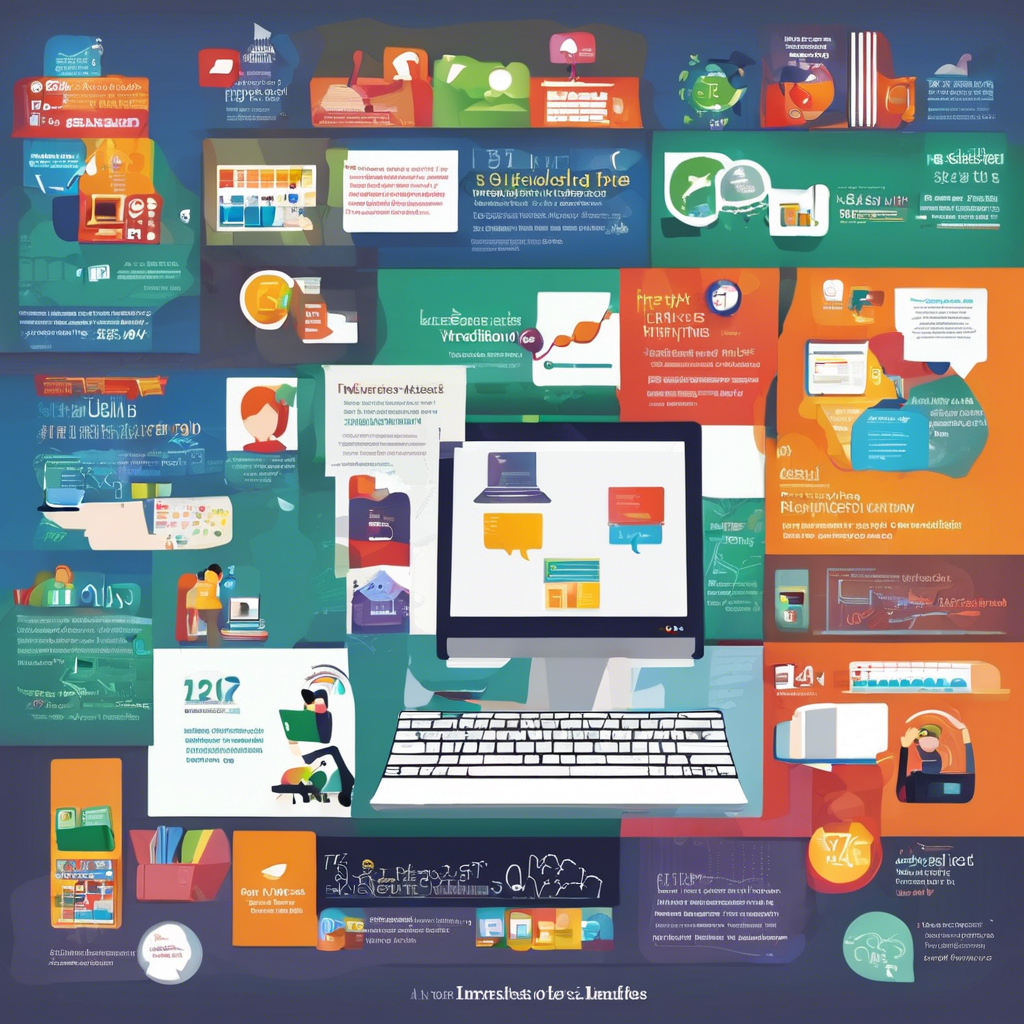The internet has transformed the way people learn, offering a wealth of resources, interactive tools, and global connectivity that enhance education like never before. From online courses to virtual classrooms, the internet provides unprecedented access to knowledge, making learning more engaging, flexible, and personalized.
One of the most significant advantages of the internet in learning is accessibility. Traditional education is often limited by geographical barriers, financial constraints, and rigid schedules. However, the internet breaks these limitations by offering free and affordable educational resources. Platforms such as Coursera, edX, Udemy, and Khan Academy provide courses from top universities and industry experts, allowing learners to study at their own pace. Open educational resources (OER) such as e-books, research papers, and educational videos further empower students and self-learners to access quality education without high costs.
In addition to accessibility, the internet fosters interactive learning. Unlike conventional classroom methods that primarily rely on lectures and textbooks, digital learning tools incorporate multimedia elements such as videos, animations, quizzes, and simulations. For example, platforms like Duolingo use gamification to teach languages in an engaging manner, while Google Earth allows students to explore historical landmarks and geographical locations virtually. This interactivity enhances comprehension and retention, making learning more effective and enjoyable.
Another vital role of the internet in learning is facilitating collaboration. Students and educators can communicate instantly, share ideas, and work on projects together, regardless of their location. Discussion forums, social media groups, and educational platforms such as Google Classroom and Microsoft Teams allow learners to engage with peers and teachers in real time. Virtual study groups and peer-to-peer learning communities also help students exchange knowledge, seek clarification, and gain different perspectives on subjects.
The rise of online learning platforms has also led to personalized education. Adaptive learning technologies analyze students’ progress and provide customized learning materials based on their strengths and weaknesses. Artificial intelligence (AI)-powered platforms like DreamBox and Knewton adjust course content to match individual learning styles, ensuring that students receive a tailored educational experience. This approach helps learners grasp complex concepts at their own pace and prevents frustration that often arises in traditional one-size-fits-all teaching methods.
Moreover, the internet provides numerous opportunities for skill development and career advancement. Many professionals use online resources to acquire new skills, earn certifications, and stay updated with industry trends. Websites like LinkedIn Learning and Skillshare offer courses in coding, digital marketing, finance, and more, helping individuals enhance their expertise and boost their employability. Online certification programs from institutions like Google, IBM, and Harvard provide recognized credentials that can improve career prospects.
The flexibility offered by the internet in learning is another key advantage. Unlike traditional education, which often requires fixed schedules and physical attendance, online learning allows individuals to study anytime and anywhere. This flexibility is particularly beneficial for working professionals, parents, and individuals with disabilities, as it enables them to balance education with other responsibilities. Mobile learning apps and e-learning platforms provide access to lessons on smartphones and tablets, ensuring that education is not restricted to a specific location or time.
Additionally, the internet promotes self-directed learning, encouraging individuals to take charge of their education. With access to a vast array of resources, learners can explore subjects of interest beyond the confines of a structured curriculum. Websites like Wikipedia, YouTube, and academic databases provide in-depth information on diverse topics, allowing learners to broaden their knowledge independently. Podcasts, blogs, and online lectures further supplement traditional learning methods, offering diverse perspectives and insights from experts worldwide.
The role of the internet in education extends beyond formal learning environments. It also supports informal and lifelong learning. Many people use online resources to pursue hobbies, improve personal skills, or stay informed about current events. Whether learning a new language, mastering photography, or understanding financial management, the internet serves as a valuable tool for continuous self-improvement.
Despite its numerous benefits, internet-based learning also comes with challenges. One of the main concerns is the digital divide, as not everyone has equal access to the internet and digital devices. Students from low-income backgrounds or rural areas often struggle with poor connectivity, limiting their ability to benefit from online education. Governments and organizations are working to bridge this gap by providing affordable internet access and distributing digital devices to underprivileged students.
Another challenge is information overload and misinformation. With the vast amount of content available online, distinguishing between credible and unreliable sources can be difficult. Students must develop critical thinking and digital literacy skills to evaluate information effectively. Educators play a crucial role in guiding students on how to verify sources, identify biased content, and use reliable educational platforms.
Cybersecurity and privacy concerns are also significant issues in online learning. Many educational platforms require users to share personal data, making them vulnerable to cyber threats. Institutions and learners must take precautions such as using secure passwords, enabling two-factor authentication, and being cautious about sharing personal information online.
The impact of the internet on education continues to grow as technology advances. Virtual reality (VR) and augmented reality (AR) are revolutionizing learning experiences by creating immersive simulations that enhance understanding. AI-powered tutors and chatbots assist students with real-time feedback and support. Blockchain technology is being explored to verify academic credentials securely, preventing fraud and ensuring authenticity.
In the coming years, internet-based learning will likely become even more integrated into mainstream education. Hybrid learning models that combine traditional classroom teaching with online resources are becoming increasingly popular. Many universities and schools are adopting blended learning approaches to enhance engagement and improve learning outcomes.
Ultimately, the internet has reshaped education, making learning more accessible, interactive, and flexible. Whether through online courses, digital collaboration, or self-directed exploration, the internet empowers individuals to acquire knowledge and skills in ways that were once unimaginable. As technology evolves, embracing internet-based learning will be essential for staying competitive and adapting to the ever-changing world.

